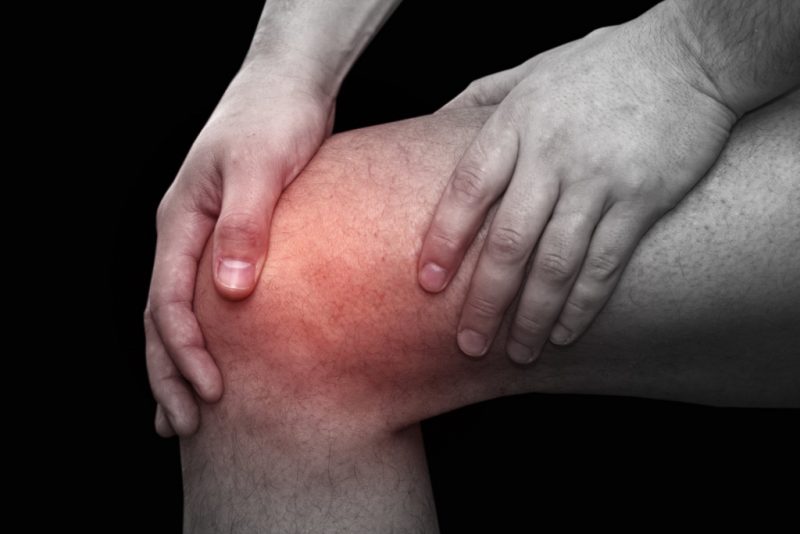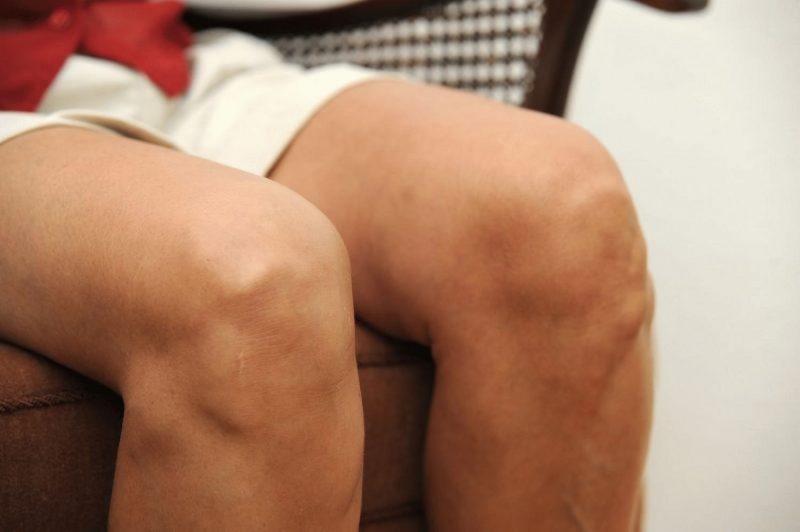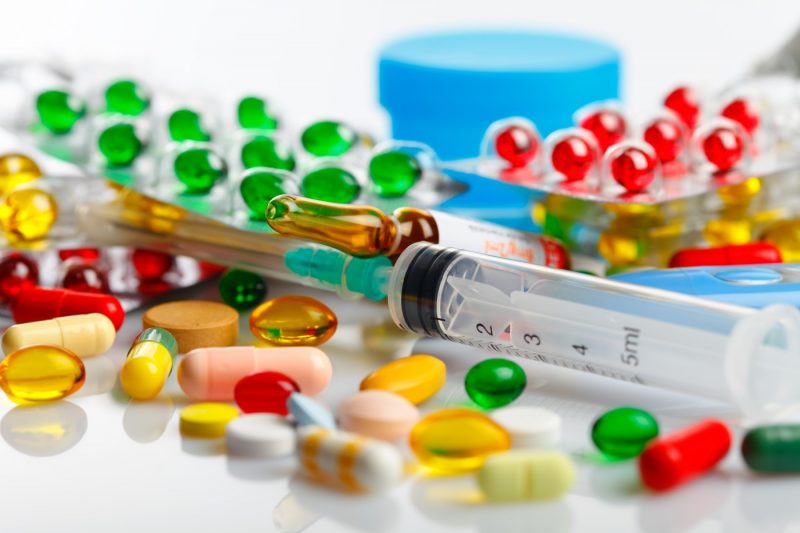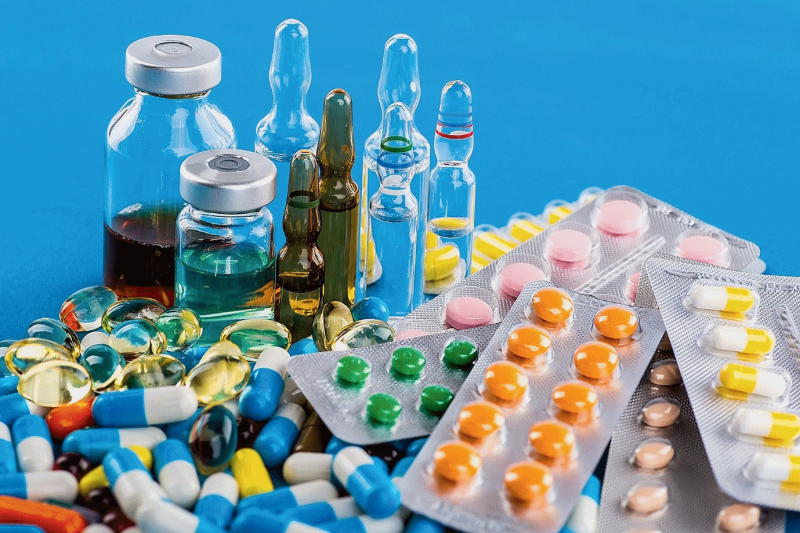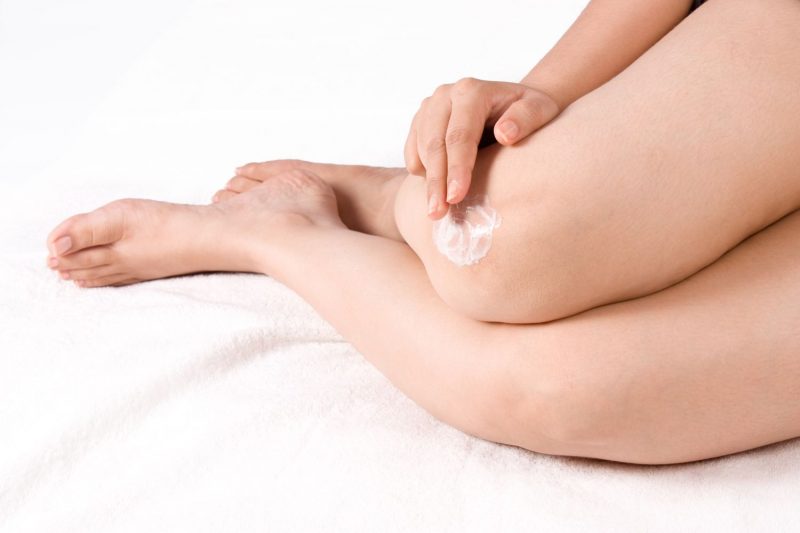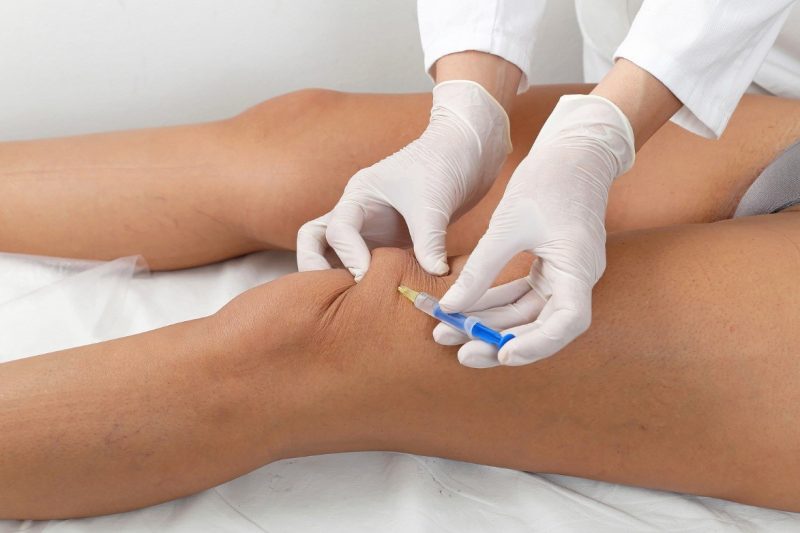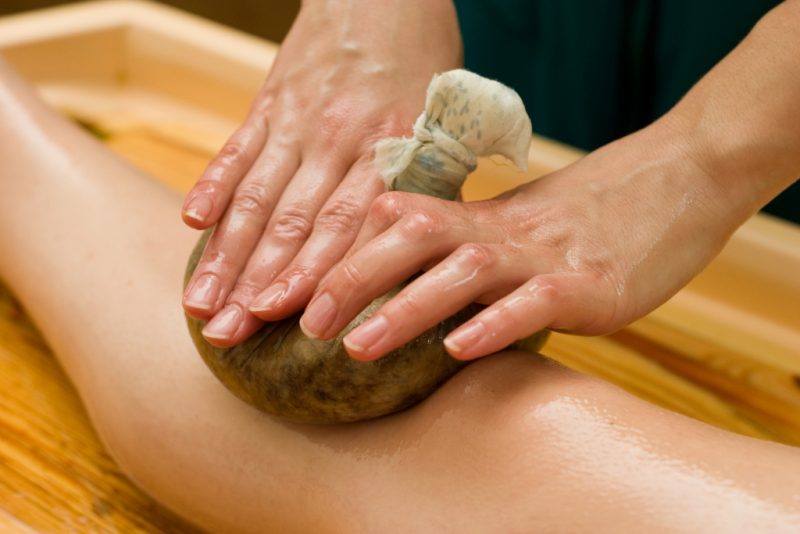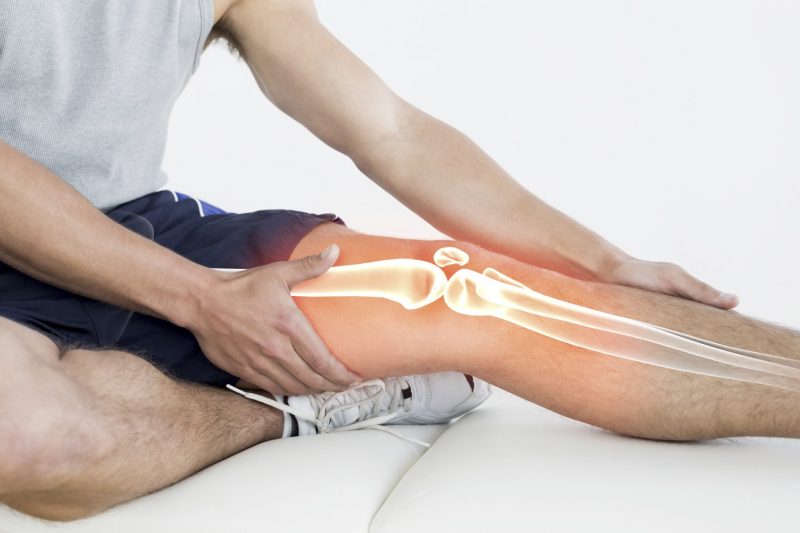Periodically aching pain in the knee joint while walking can signal the presence of such an unpleasant disease as arthrosis. The disease develops as a result of the destruction of the cartilage tissue, and older women, who are overweight or venous, are usually affected by this pathology. Timely treatment of arthrosis of the knee joint will prevent exacerbation of the disease and will avoid the subsequent need for surgical intervention.
Material Content:
Causes, symptoms and signs of the disease
Despite the fact that modern medicine has reached a high level of development, arthrosis of the knee, or gonarthrosis, is still a fairly common pathology, which is difficult to treat. At risk are people whose age exceeds 60 years, since it is in old age that there is a decrease in the lubricant produced in the joints. Against this background, the load on the knee joints increases, which, ultimately, leads to deformation of the cartilage tissue. Much less often, arthrosis is diagnosed in young people due to a genetic predisposition or as a result of an injury.
Read also:nonsteroidal anti-inflammatory drugs for joint treatment
The main causes of the development of the disease are:
- Knee injuries such as bruising, fracture, or meniscus rupture. These consequences lead to circulatory disorders in the tissues, which affects the mobility of the knee joint.
- Excessive exercise. The intensity of the training should vary, taking into account the age characteristics of the person. This is more true for older people. In adulthood, the body is much harder to cope with active stress. Therefore, the training program for the age category of people is selected based on the physical capabilities of a particular athlete.
- Overweight. Extra pounds in themselves are not the cause of the development of arthrosis, however, they increase the load on the legs, which leads to the destruction of cartilage. In people with high weight, meniscus damage is observed, and this, as a rule, provokes the subsequent occurrence of problems with the mobility of the knee joints.
- Damage to the ligamentous apparatus. Increased joint flexibility can also trigger gonarthrosis. People with increased flexibility can perform complex gymnastic elements without preheating muscles, whether it be a bridge or ordinary twine. But, as a result, such loads without the necessary warm-up contribute to the appearance of microcracks in the joints.
The main bell signaling the presence of a disease is pain in the knee. In the initial stages, the symptoms of arthrosis of the knee joint are either mild or do not bother the patient at all. However, at the time of exacerbation of the ailment, pain is increasingly felt and manifests itself not only at the time of physical activity, but also at rest.
With arthrosis of the knee joint of the 2nd degree, deformation of the cartilage tissue occurs, as a result of which the injured portion of the knee swells. In addition, the patient's discomfort during walking is accompanied by a crunch, which differs significantly from the usual sound when bending healthy joints. At stage 3, the destruction of the cartilage tissue leads to complete immobility of the knee, and the pain syndrome disturbs the patient even in a state of complete rest.
Treatment of arthrosis of the knee with drugs
The best results are demonstrated by the complex treatment of arthrosis, which includes both drug therapy and special gymnastics. It is worth noting that various ointments and creams with a warming effect in this case are completely useless. Only an individually selected treatment technique that takes into account all the characteristics of a particular patient can bring a visible therapeutic effect.
NSAIDs - a non-steroidal group of anti-inflammatory drugs
The action of these drugs is aimed at the effective elimination of pain. However, non-steroidal anti-inflammatory drugs do not restore the knee joints, which means that they are not able to overcome the disease alone. They are used exclusively as pain medication, relieving the patient of acute pain.
Unpleasant pain sensations impede further therapy, which includes massage, various procedures and therapeutic exercises. NSAIDs block the symptoms of arthrosis, thus allowing you to proceed with the further treatment of the disease. But such drugs are not able to eliminate the main causes of the development of pathology.
Chondroprotectors
Developed based on two active ingredients, such as glucosamine and chondroitin. This group of drugs is recognized by specialists as the most effective in the fight against arthrosis of the knee joint. If non-steroidal drugs eliminate exclusively the symptoms of the disease, then chondroprotectors act directly on the cartilage tissue itself, restoring its integrity and mobility.
And yet, their actions are not enough to completely cure arthrosis of the 3rd degree, which is characterized by complete destruction of the joint.In addition, the therapeutic effect of chondoprotectors is not observed immediately, but only after several courses of treatment. The first visible results are noticeable only 6 months after the start of treatment.
Important! A pronounced sustainable result of treatment can only be achieved if chondroprotectors are used on an ongoing basis for a long time. A single use of the product will not bring any visible improvements.
Therapeutic creams, ointments and grindings
Despite the loud promises of manufacturers, no expensive creams and ointments can cure deforming arthrosis of the knee joint. However, funds with a warming effect facilitate the course of the disease and reduce pain.
Among the most effective, the following ointments are distinguished:
- menovazine;
- fastum gel;
- diclofenac;
- dolobene.
Means, which contain non-steroidal anti-inflammatory components, are prescribed in cases where the acute form of arthrosis is accompanied by the development of synovitis. This complication is characterized by excessive accumulation of lubricating fluid in the joint. The active substances of the drug penetrate the structure of the skin, thereby affecting the focus of inflammation.
Tools used for compresses
They are characterized by a more pronounced therapeutic effect compared to the creams and ointments described above.
Among the compression agents used in medicine, the following are distinguished:
- Dimexide. Colorless liquid has a local antiseptic and anti-inflammatory effect. Relieves pain, reduces swelling of the inflamed area. Dimexide is able to penetrate deep into the epidermis, due to which it is successfully used to treat acute forms of arthrosis, accompanied by the development of synovitis.
- Bischofite. Oil product. It has a warming effect, and is also characterized by analgesic and bactericidal action.
- Medical bile. A product of natural origin, which is formed in swine or cow gall bladders. In its effect on the joints, it is similar to the effect of bischofite, but it is contraindicated in cases where there are pustules, wounds and other inflammatory elements on the skin.
Hormonal drugs
They are injected into the affected areas through an injection method. Injections into the knee joint are used as emergency care when the patient needs emergency therapy. Typically, the doctor will administer corticosteroid hormones to the patient, such as diprospan or hydrocortisone.
They instantly eliminate severe pain and relieve the patient's condition. But hormonal injections can only temporarily reduce the pain syndrome, while they do not affect the cause of the disease.
Folk remedies for the treatment of ailment
Traditional medicine can bring a visible effect exclusively in the initial stages of the disease.
- Grind the nettle and juniper, combine the resulting slurry with sheep oil. Mix all the ingredients well. The finished ointment is applied to the sore knee by rubbing twice a day: morning and evening. It is necessary to store the product in a dark glass jar at a temperature not exceeding 5 degrees.
- Well with arthrosis procedures with a warming effect help. To do this, make a warm compress with sea salt, and put it on the sore knee. After half an hour, remove the compress, and grease the treated area of the skin with fir oil.
- Combine kefir and cottage cheese in a convenient container in a 1: 1 ratio. Put the resulting mixture on cheesecloth, and then roll the fabric in several layers. The finished compress is applied to the sore joint. For convenience, it is recommended to knit any warm scarf around the knee.
Also indispensable assistants in the fight against the disease are orthopedic knee pads, which in combination with folk remedies show a remarkable result.When buying, some features should be taken into account, since choosing knee pads for arthrosis is not so easy.
A quality product that will last you as long as possible should be made on the basis of polyester or elastane. There are also models of open and closed types. The former are suitable for patients at the rehabilitation stage, when pain is much less common. Closed knee pads will become indispensable if there is a constant aching pain in the knee joint.
Home Exercise
The main guarantee of successful treatment is the regular, regular performance of special gymnastics. Duration of training for beginners does not exceed 10 minutes. Over time, the duration increases to 30 minutes per day.
- Lie on your stomach, put your hands in front of you. Start alternately bending the right leg and then the left leg in the knee joint. The pelvis should be pressed firmly to the floor.
- Remaining in the same position, gently bend one leg and stay in that position for a few seconds. Then repeat the same with the second leg.
- Roll onto your back. Firmly press the loin to the floor, and gently lift your legs up. Begin to alternately perform circular movements forward with the right and left legs, simulating a bicycle ride. Slowly increase the speed, and then slowly slow down.
- Stand on your feet, put your feet next to each other. Bend your torso slightly forward, and put your hands on your knees. Begin to perform circular movements with the knees first one way, then the other.
Diet for arthrosis of the knee
At the initial stage, a special three-day diet is prescribed for the patient, which helps to remove harmful substances and toxins from the body. During this period, it is allowed to eat raw fruits and vegetables, as well as rice porridge. At the stage of a three-day purification, you cannot additionally use chondoprotectors or hormone-based drugs.
The following daily diet includes:
- milk products;
- freshly made apple, carrot or beetroot juices;
- gelatin-rich foods such as jelly, jellied meat;
- whole grain cereals.
Differences in the treatment of arthrosis 1, 2 and 3 degrees
Arthrosis of the 1st degree is dangerous in that it has practically no clinical symptoms. Mild pain can be observed only occasionally, so the patient often does not focus on such an insignificant symptom. In cases of timely diagnosis at the initial stages, the patient is able to help folk recipes and regular gymnastics.
Unfortunately, such methods of therapy are absolutely powerless in the fight against the later stages of arthrosis. In this case, chondoprotectors, anti-inflammatory medicines and painkillers are used. Grade 3 disease, in which complete immobilization of the joint is observed, suggests a surgical method of treatment by replacing the destroyed cartilage tissue with a prosthesis.


